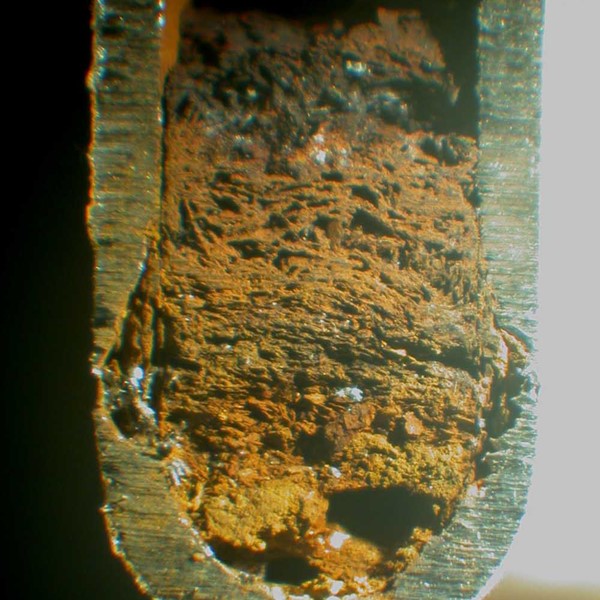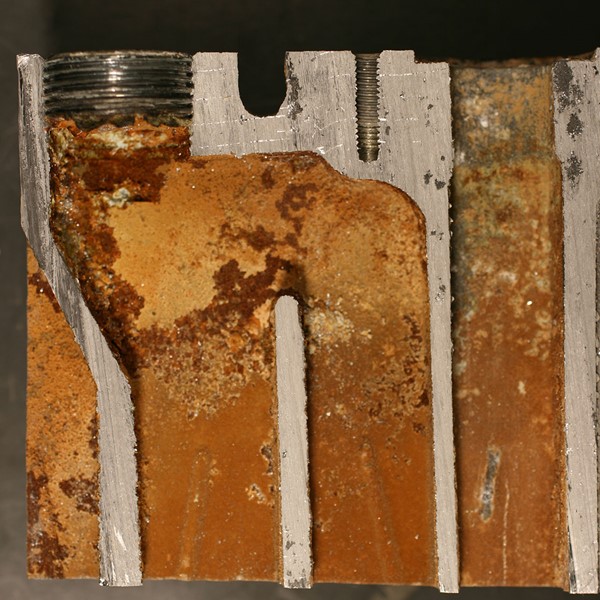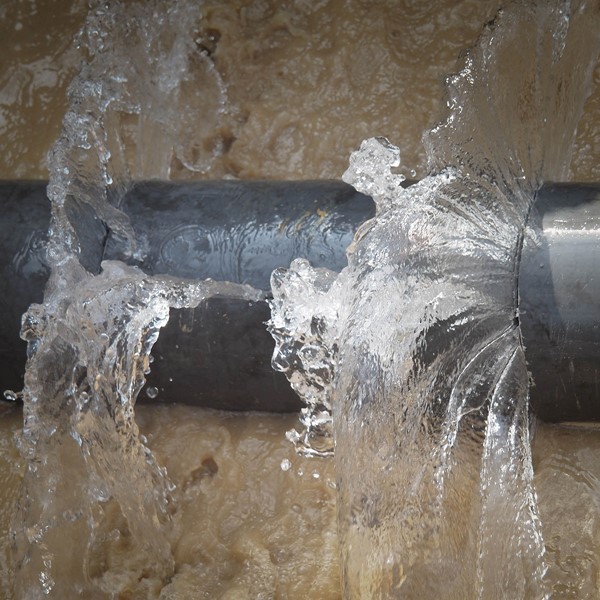Why Monitor Closed-Circuit Water Systems?
Corrosion costs
The cost of closed-circuit water system breakdown due to corrosion can run into the millions, resulting in expensive repairs, downtime and reputation damage. By identifying the conditions that lead to corrosion and subsequent system failure, Hevasure’s water monitoring technology allows M&E contractors and facilities managers to find the root cause of a problem and fix it before it becomes more serious.
For specifiers and building owners, monitoring water make-up from the outset and throughout a closed circuit system’s life, ensures design life is achieved, efficiencies are maintained and downtime is avoided.
Corrosion significantly impacts the performance of water reliant piped services in a number of ways:




What does Hevasure monitor?
Hevasure’s intelligent water monitoring technology checks a range of parameters in order to get a real-time view of system integrity, water characteristics and corrosion. Suitable for use on closed-circuit systems of any size, the unit prevents corrosion and system breakdown by flagging up small changes in condition that would lead to more serious (and expensive) issues if left unchecked.
Common applications include commercial premises, in both the public and private sector, district heating systems, data centres and hospitals. The unit can be used to monitor conditions at all stages of a water system’s life, from pre-commissioning cleaning through to handover and on-going maintenance.
Importantly, our state-of-the-art sensors check for Dissolved Oxygen (DO), something that is not picked up by sampling – the traditional way of checking water condition. DO is the pre-cursor to nearly all types of corrosion, directly resulting in pipe and component degradation and/or providing the right conditions for bacteria to thrive, which can lead to Microbial Induced Corrosion (MIC).
Detecting oxygen’s presence, along with the parameters that cause it to enter systems, such as pressure or make-up water flows, is critical. Measuring other contributory factors - pH, inhibitor levels and temperature - provides a full picture.
Intelligent corrosion control
The capturing of real-time data is just the beginning. To truly prevent corrosion, it's important to understand how these parameters effect a system and what this data means.
Our cutting edge technology includes propriety algorithms and intelligent interpretation in order to understand the interplay between different readings and what these readings signify.
The latest version includes a BACnet interface which integrates Hevasure data with the BMS, allowing site managers to oversee active service interventions, minimising the risk of failure while eliminating unnecessary and costly site visits.

Dissolved oxygen
Dissolved oxygen:

Pressure
Pressure:

pH
pH:

Steel corrosion rate
Steel corrosion rate:

Crevice corrosion
Crevice corrosion:

Leaks (water make-up volume)
Leaks (water make-up volume):

Temperature
Temperature:

Inhibitor/glycol concentration
Inhibitor/glycol concentration:
Real-time response
Readings are captured 24/7 and viewable on an interactive dashboard, allowing for an accurate picture of water condition – during pre-commission cleaning and ongoing operation. If any parameter exceeds critical levels, alarms are instantly raised (via emails and text), allowing for swift reaction to stop corrosion in its tracks.



